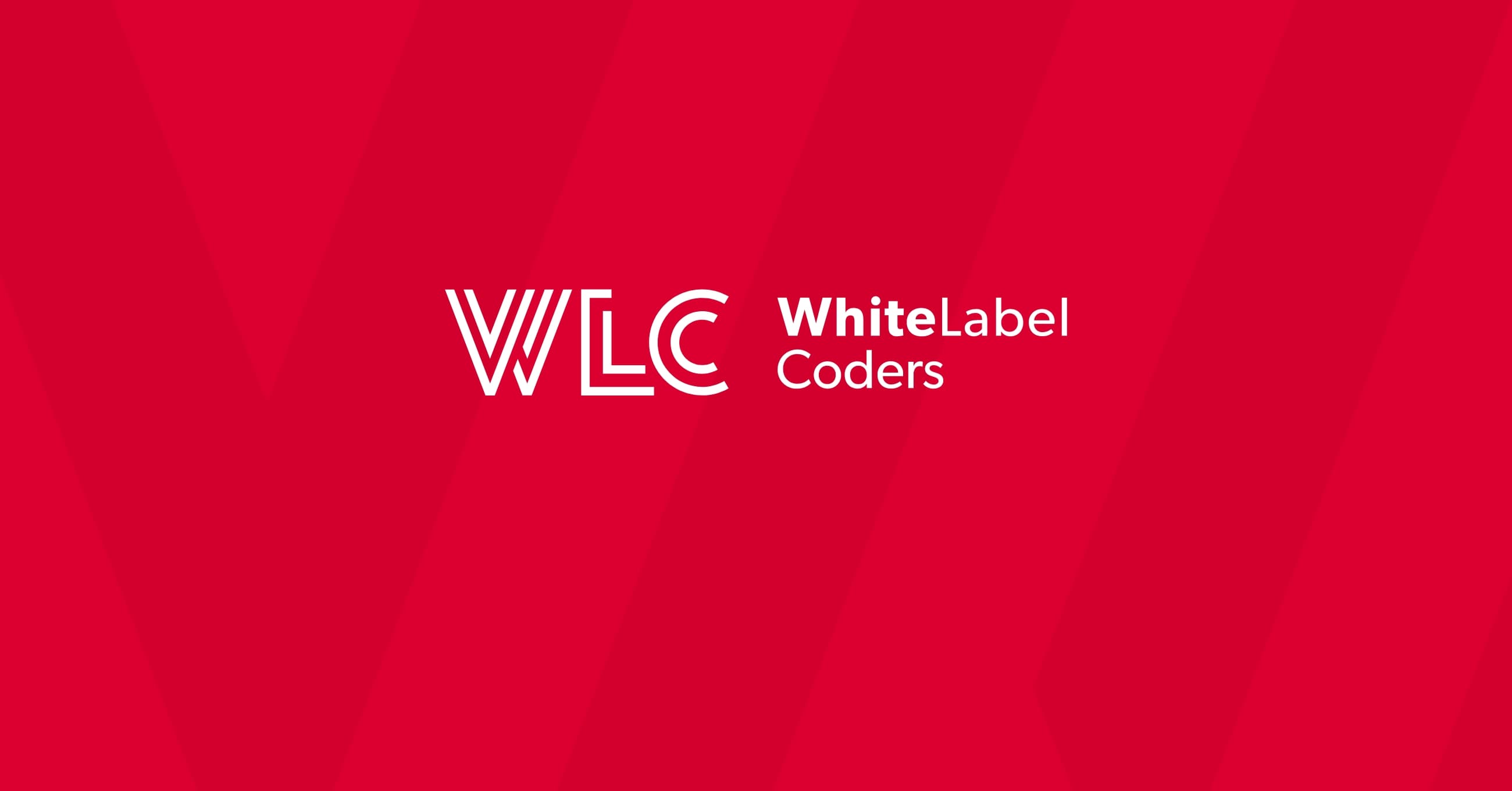Category: SEO AI
What is custom plugin development in WordPress?

Have you ever found yourself wrestling with WordPress limitations, wishing you could add that one specific feature your business desperately needs? You’re not alone. Whilst WordPress offers thousands of plugins, sometimes the perfect solution simply doesn’t exist in the marketplace. This is where custom plugin development becomes your secret weapon.
Custom plugin development represents the art and science of creating bespoke WordPress extensions tailored precisely to your unique requirements. Unlike off-the-shelf solutions, custom plugins are crafted from the ground up to solve specific problems, integrate seamlessly with your existing systems, and deliver functionality that perfectly aligns with your business objectives.
Throughout this comprehensive guide, you’ll discover the fundamental concepts behind WordPress plugin architecture, learn essential development techniques, and understand how to create robust, secure plugins that enhance your WordPress ecosystem. Whether you’re a developer looking to expand your skillset or a business owner evaluating wordpress custom development options, this exploration will provide you with the knowledge needed to make informed decisions about custom plugin solutions.
Introduction to WordPress custom plugin development
WordPress custom plugin development serves as the bridge between standard WordPress functionality and your unique business requirements. At its core, this discipline involves creating specialised software components that extend WordPress capabilities without modifying the core system files.
The strategic importance of custom plugins cannot be overstated in today’s competitive digital landscape. They enable businesses to implement sophisticated features such as advanced e-commerce functionalities, complex user management systems, or seamless integrations with ERP and CRM platforms. These bespoke solutions ensure your website operates exactly as your business demands, rather than forcing your processes to conform to generic plugin limitations.
Custom plugins become necessary when existing solutions fall short of your requirements. Perhaps you need a multilingual business site with specific workflow automation, or you’re developing a multi-vendor platform with unique commission structures. In such scenarios, custom development transforms WordPress from a standard CMS into a powerful, tailored business tool.
The true power of WordPress lies not in what it can do out of the box, but in its infinite potential for customisation through thoughtfully crafted plugins.
What is a WordPress plugin and how does it work?
A WordPress plugin is essentially a piece of software that adds specific features or functionality to your WordPress website. Think of plugins as modular components that hook into WordPress’s core system, extending its capabilities without altering the fundamental codebase.
The WordPress plugin system operates through a sophisticated architecture built around hooks and filters. Hooks are predetermined points in the WordPress execution process where plugins can insert their own code. There are two types: action hooks (which execute functions at specific points) and filter hooks (which modify data before it’s displayed or saved).
When WordPress loads a page, it systematically checks for active plugins and executes their code at the appropriate hook points. This elegant system ensures that multiple plugins can coexist and function harmoniously, each contributing their unique functionality to the overall user experience.
The plugin system’s role in WordPress core functionality is fundamental. It allows developers to modify everything from how content is displayed to how users interact with the admin dashboard, all whilst maintaining the integrity of the WordPress core. This separation of concerns means your customisations remain intact even when WordPress updates are applied.
Core components of custom plugin development
Every WordPress plugin begins with essential structural elements that form its foundation. The plugin header serves as the identification card, containing crucial metadata such as the plugin name, version, author, and description. This information appears in the WordPress admin area and helps users understand what your plugin does.
The file structure of a custom plugin can range from a single PHP file for simple functionality to a complex directory structure for comprehensive solutions. A typical plugin includes the main plugin file, additional PHP files for different functionalities, CSS and JavaScript files for styling and interactivity, and potentially language files for internationalisation.
Essential plugin components
Activation and deactivation hooks are critical components that execute specific code when users activate or deactivate your plugin. These hooks handle tasks such as creating database tables, setting default options, or cleaning up data when the plugin is removed.
Database interactions form another cornerstone of plugin development. WordPress provides a robust API for database operations, allowing plugins to store and retrieve custom data safely and efficiently. Understanding the WordPress database structure and utilising the built-in functions ensures your plugin integrates seamlessly with the existing system.
The WordPress Plugin API encompasses numerous functions and classes that facilitate plugin development. From enqueueing scripts and styles to creating custom post types and taxonomies, this API provides the tools necessary to build sophisticated functionality whilst adhering to WordPress standards.
How to plan and structure your custom plugin?
Successful plugin development begins long before writing the first line of code. Requirements analysis forms the foundation of any robust plugin, involving detailed documentation of desired functionality, user workflows, and technical specifications. This process helps identify potential challenges early and ensures all stakeholders share a clear vision.
Architectural decisions significantly impact your plugin’s maintainability and scalability. Consider whether your plugin will be a simple utility or a complex system requiring multiple modules. Will it need its own database tables, or can it work with existing WordPress structures? These decisions shape your entire development approach.
Naming conventions and file organisation might seem mundane, but they’re crucial for long-term success. Consistent, descriptive naming makes your code readable and maintainable. Organising files logically—separating admin functions from frontend features, keeping CSS and JavaScript in dedicated directories—creates a professional, scalable codebase.
| Planning Phase | Key Considerations | Deliverables |
|---|---|---|
| Requirements Analysis | User needs, technical constraints, integration points | Detailed specification document |
| Architecture Design | Data structure, module organisation, API integrations | Technical architecture diagram |
| Development Workflow | Version control, testing procedures, deployment strategy | Development guidelines and procedures |
Establishing development workflows ensures consistency and quality throughout the project lifecycle. This includes setting up version control systems, defining coding standards, implementing testing procedures, and planning deployment strategies.
Implementation techniques for WordPress custom plugins
Object-oriented programming has become the preferred approach for modern WordPress plugin development. OOP principles such as encapsulation, inheritance, and polymorphism help create organised, reusable, and maintainable code. By structuring your plugin as a class or series of classes, you can better manage complexity and reduce conflicts with other plugins.
WordPress coding standards aren’t merely suggestions—they’re essential guidelines that ensure your plugin integrates seamlessly with the WordPress ecosystem. These standards cover everything from variable naming conventions to database query practices, helping maintain consistency across the platform.
Integration with WordPress APIs opens up endless possibilities for plugin functionality. The REST API enables communication with external systems, the Customizer API allows theme integration, and the Settings API provides standardised options management. Mastering these APIs transforms your plugins from simple add-ons to powerful business solutions.
Common plugin functionalities include creating custom post types for specialised content, implementing user role management for access control, and developing admin interfaces for configuration. Each of these features requires specific implementation techniques that work harmoniously with WordPress’s existing systems.
Security and performance optimization in plugin development
Security in plugin development isn’t optional—it’s fundamental. Data sanitisation ensures that all user input is cleaned and validated before processing, preventing malicious code injection. Every piece of data entering your plugin must be scrutinised and sanitised according to its intended use.
Validation works hand-in-hand with sanitisation, verifying that data meets expected criteria before acceptance. This might involve checking email formats, validating numeric ranges, or ensuring required fields contain appropriate values.
Nonce verification provides protection against cross-site request forgery attacks by ensuring that form submissions originate from legitimate sources. WordPress’s nonce system creates unique tokens for each user session, which must be verified before processing sensitive operations.
Capability checks ensure that users can only perform actions they’re authorised to execute. WordPress’s role and capability system provides granular control over user permissions, and your plugin must respect these boundaries to maintain security.
Performance optimisation techniques include efficient database queries, proper caching implementation, and judicious use of WordPress hooks. Loading scripts and styles only when necessary, optimising images and assets, and implementing lazy loading can significantly improve your plugin’s impact on site performance.
Conclusion and next steps in plugin development mastery
Custom WordPress plugin development represents a powerful intersection of technical skill and business strategy. Through understanding plugin architecture, mastering development techniques, and prioritising security and performance, you can create solutions that truly transform WordPress websites into sophisticated business platforms.
The journey from concept to deployment involves careful planning, methodical implementation, and continuous refinement. Whether you’re developing plugins for internal use or commercial distribution, the principles outlined in this guide provide a solid foundation for success.
As you advance in your plugin development journey, consider exploring advanced topics such as multisite compatibility, REST API development, and complex database relationships. The WordPress ecosystem continues evolving, with new APIs and development patterns emerging regularly.
Remember that exceptional plugins solve real problems elegantly. Focus on user experience, maintain clean code practices, and never compromise on security. With these principles guiding your development efforts, you’ll create plugins that not only meet immediate needs but adapt and grow with changing requirements.
Your next step might involve starting with a simple plugin project, contributing to open-source plugins, or partnering with experienced development teams to tackle more complex challenges. Whatever path you choose, the foundation you’ve built through understanding these core concepts will serve you well in creating remarkable WordPress solutions.

